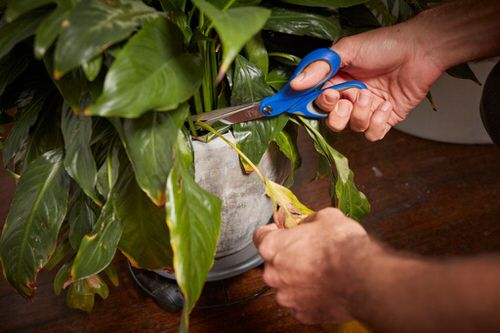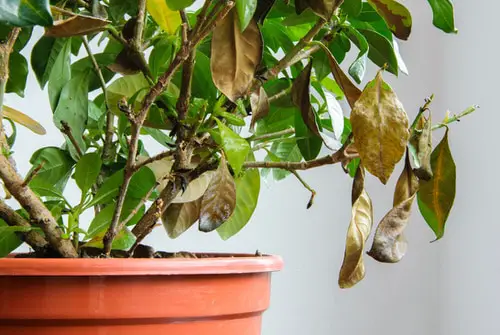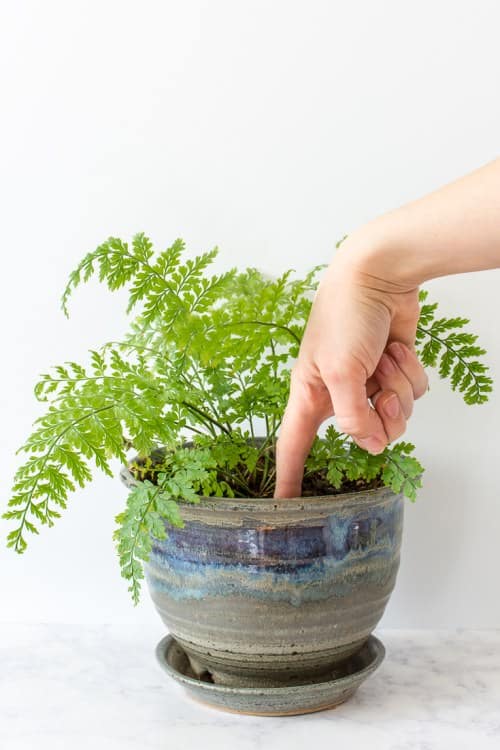Read about the Most Important Habits Every Indoor Plant Owner Should Adopt for optimum growth and health of houseplants for a long time to come!
If you want your plants to stay green and thriving, then have a look at these Most Important Habits Every Indoor Plant Owner Should Adopt.
Here are the top winter care tips for houseplants
Most Important Habits Every Indoor Plant Owner Should Adopt
1. Removing Damaged Leaves and Deadhead Flowers

Make a habit of removing damaged leaves and deadhead flowers. It helps the plant to divert its energy back to grow healthier and stronger. Whenever you notice dry stems and damaged foliage, cut them gently. This works best for indoor flowering plants like kalanchoe, geranium, and African violets.
2. Checking the Undersides of the Leaves

Examine the undersides of the foliage to check if they are curling or turning brown. Also, look closely at the hidden areas of the stems for pests like spider mites, mealybugs, and aphids. You can repel them by using an insecticidal soap solution.
Houseplants like philodendron, Schefflera, and English ivy need attention as these can be affected by nasty pests.
Check out the most beautiful pictures of Hibiscus here
3. Inserting Finger in the Soil

This habit will save your plant from the side-effects of overwatering. You can check the moisture of the soil with this simple test. Just insert the finger in the topsoil; if it feels dry, then it’s time to water. If it feels moist or wet, don’t water the plant.
4. Shaking the Plant a Bit

Shaking the plant lightly once a week mimics the blow of wind and gives assurance that the plant will have a strong root system. It will also make all the dry and weak foliage fall off and promote healthy growth.
Tip: Shaking does wonders for the fiddle leaf fig plant. Try it!
5. Observe the Growth

Take a look at the plant closely to observe whether it is growing properly or not. If your plant is bending toward the sun, make a habit of rotating your plant once a week so every part gets uniform sun exposure. Also, if you notice burnt foliage, it implies the plant is receiving too much sun.
Observing the growth also helps in determining when to fertilize the plant. When you notice new growth, then it is the right time to feed your plant.
6. Cleaning the Plant Leaves

Following the cleaning ritual will ease the task of photosynthesis since accumulated dust and dirt impede the plant’s ability to soak sunlight properly. Take a soft, damp cotton cloth or towel and gently wipe off the dust from the foliage.
Do this task every week for clean, shiny leaves. Ficus Benjamina and Rubber plants are the examples that generally pile up dust.


